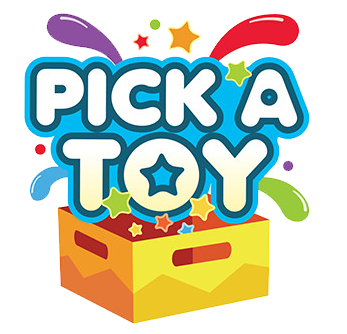Title: How to Organize and Store Your Child's Toy Collection
Introduction
Children's toys are a source of joy and creativity, but they can also quickly clutter your home if not properly organized and stored. A well-organized toy collection not only keeps your living spaces tidy but also helps children learn responsibility and develop a sense of order. In this blog, we'll explore effective strategies to help you organize and store your child's toys, creating an organized and functional play area.
Declutter and Sort
Before diving into organization, it's essential to declutter your child's toy collection. Go through their toys together and decide which ones to keep, donate, or discard. This process not only reduces clutter but also teaches children about the value of sharing and giving to others.
Categorize Toys
Divide the remaining toys into categories. For example, create categories like dolls, action figures, building blocks, art supplies, and board games. Categorization makes it easier to find specific toys when needed and encourages kids to return items to their designated spots.
Designate Play Zones
Assign specific areas in your home for different types of play. For instance, you might have a quiet reading corner with a bookshelf for books, a creative arts and crafts table, and a playroom with a toy storage system. This helps kids understand where toys belong and promotes organization.
Invest in Storage Solutions
Select storage solutions that suit your child's needs and your home's layout. Some effective storage options include:
Shelves and Bookcases: Install open shelves or bookcases on the wall to display and store books, puzzles, and small toys.
Toy Bins and Baskets: Use colorful bins and baskets to contain toys by category. Labels can help children identify where each toy belongs.
Under-Bed Storage: Utilize under-bed storage containers for stashing toys that are not frequently used. This maximizes space in the bedroom.
Toy Chest: A toy chest or trunk can be a great addition to a playroom or bedroom for storing larger toys like stuffed animals or balls.
Wall-Mounted Organizers: Install wall-mounted organizers with hooks and pockets to keep smaller items like art supplies or action figures tidy and accessible.
Rotate Toys
To keep your child's interest alive and maintain organization, consider implementing a toy rotation system. Store some toys away for a few weeks and then swap them with others. This gives the illusion of new toys and reduces the overwhelming feeling of having too many choices at once.
Label Everything
Labels are your friends when it comes to toy organization. Label bins, shelves, and baskets with pictures or words to help children quickly identify where each toy belongs. This visual cue makes cleanup a breeze.
Encourage Cleanup Routine
Establish a cleanup routine where your child is responsible for putting toys back in their designated spots after playtime. Make it a game or set a timer to make cleanup more enjoyable.
Regular Maintenance
Periodically assess and adjust your organization system as your child's toy collection and interests evolve. This keeps the organization system relevant and ensures toys remain accessible and easy to find.
Teach Responsibility
Use toy organization as an opportunity to teach children about responsibility and tidiness. Encourage them to participate in the process and praise their efforts in maintaining an organized play area.
Conclusion
Organizing and storing your child's toy collection doesn't have to be an overwhelming task. With a bit of planning and the right storage solutions, you can create an organized and functional play area that benefits both you and your child. By involving your child in the process and teaching them the value of organization, you're not only creating a tidy living space but also instilling valuable life skills. An organized play area promotes creativity, responsibility, and a sense of order, making playtime more enjoyable for everyone.
